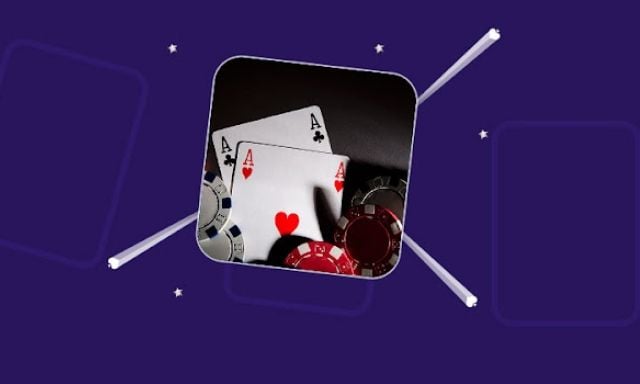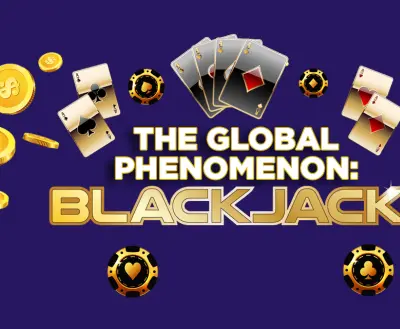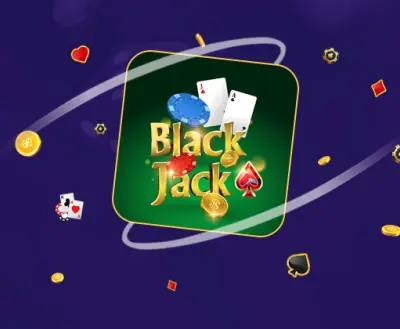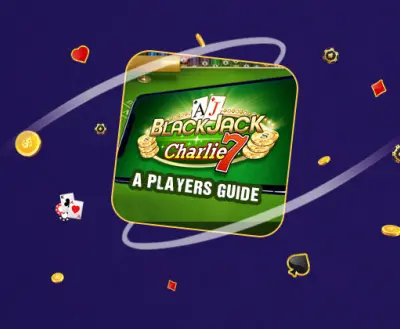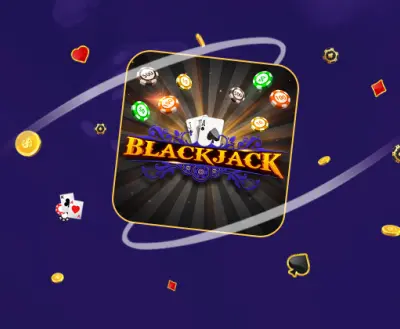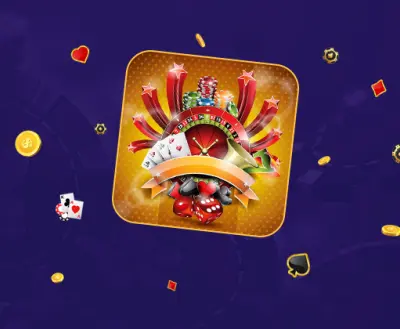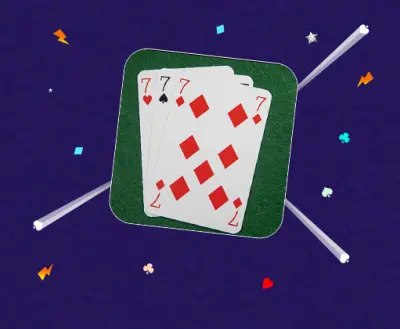Table of Contents:
When it comes to casino table games, blackjack is primarily considered to be the most popular option for punters around the world.
Blackjack carries a wide variety of hand variations, and the rules are relatively simple which support its popularity in online and offline casinos. Online casinos offer a huge diversity of blackjack and live blackjack tables, offering different betting limits, making them suitable for all users, regardless of their budget and play style.
So, are there any other reasons for blackjack being so popular?
- One of the biggest reasons supporting blackjack's popularity is the low house edge when compared to other games. On average, blackjack offers a house edge of less than 1%, which is significantly better than other table games and slots.
- Another thing to consider is the entertainment aspect. Many blackjack tables come with live dealers, allowing for a fast-paced and interactive experience.
- This table game, unlike the alternatives such as baccarat, requires an element of skill and doesn't entirely rely on luck.
- Proven game play strategies exist for blackjack that help players increase their likelihood of having a successful hand. E.g. Basic strategy blackjack hands and card counting.
Best Blackjack Hands
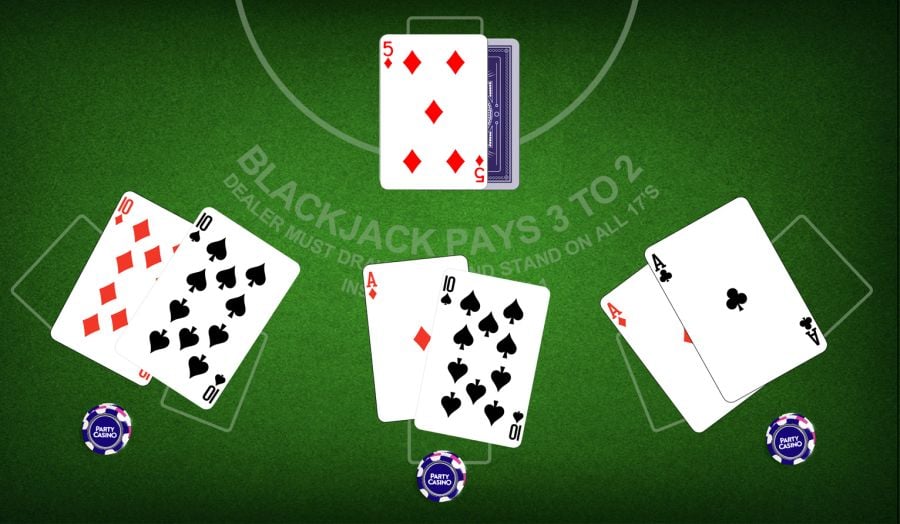
The best hand is a combination of a 10, J, Q, or K alongside an Ace, better known as a blackjack.
The associated potential winnings are often greater than 2-fold. For most tables, a 1.00 bet will award 2.50 for a blackjack win, with the odds being 3:2 or 2.5x the stake size.
Keep in mind that having a blackjack win doesn't always guarantee a successful hand, as the dealer could also possess a blackjack win which would result in a 'push'. Should this happen, any bets will be returned to the player before the next round begins.
A blackjack isn't the only good hand, some other favourable standing combinations are listed below:
- Two tens - According to statistics, this hand wins approximately 80% of the time. Some players may be tempted to split these 10s. However, standing is considered to be the strongest decision. Should the player stand, this hand can only be beaten by a blackjack or a combination that equals 21.
- A total of 11 - It's clear why a hand with the value of 11 is such a strong start, as being dealt a 10 will make 21. There's a greater chance of being dealt a card with a value of 10 than any other, with the probability sitting at roughly 30%. Players can also consider doubling down with this hand, which is considered to be the optimal move, apart from when the dealer is showing an ace.
- Two aces - This is perhaps the perfect example of a flexible blackjack hand. Hit, double down, or split are the three viable options here, due to this card combination representing 2 or 12 in total. According to basic strategy, splitting these two aces is the best decision against any card.
Worst Blackjack Hands
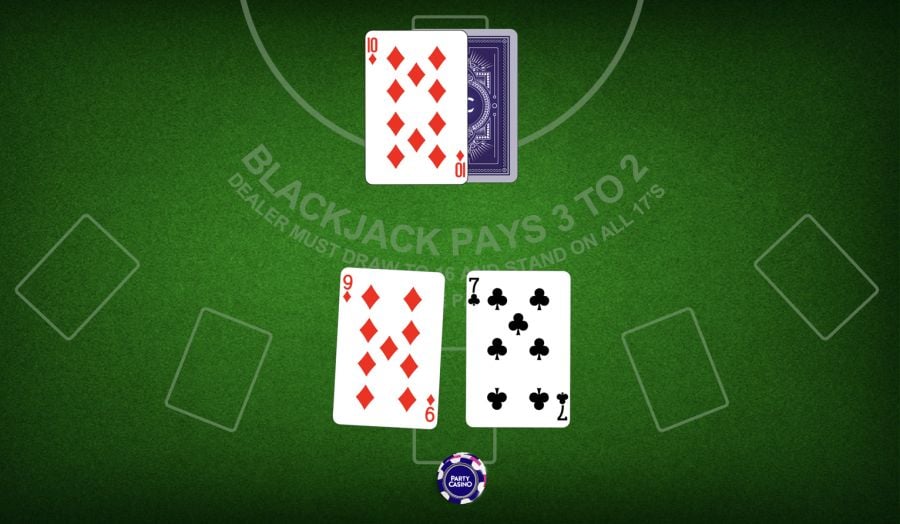
Now that we've covered the best blackjack hands, it's only fair that we look at some of the worst.
Statistically, a 16 is the worst hand that can be dealt to a player, with the scenario being even less favourable if the dealer is showing a 10.
Should the dealer have an 8, 9, or Ace, this hand is also very weak. At this point, players could consider surrendering, if that is an option at the current table.
Having a 13, 14, or 15 are also amongst the worst blackjack hands. These hands can also be prone to busting. However, this outcome is less likely when compared to a 16. If the dealer has a 10, these hands become much weaker.
Nevertheless, there's always a chance the dealer can bust, especially if they're sitting on cards such as a 4, 5, or 6.
Blackjack Soft Hands
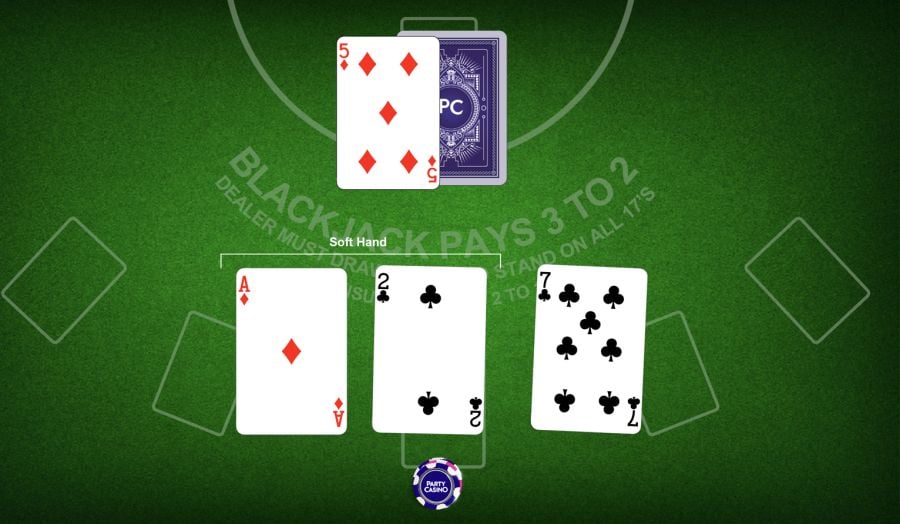
A blackjack hand will be considered as soft if one of the two cards dealt is an ace.
This ace, as many know already, can be used as a 1 or an 11. An example of this would be an ace and a six, which would be referred to as a soft 17. When it comes to types of blackjack hands, these are the preferred choice for many, as players will have the choice to hit again to improve their standing.
Regardless of what they receive, the hand cannot be busted when the third card is dealt.
Now, with that being said, the dealer can also receive a soft blackjack hand. Most rules state that the dealer must hit a soft 17, should players be sat on 18, 19, 20, or 21. The dealer can draw another card and thus, another chance to beat the players' value is offered. It's worth mentioning that this perhaps isn't such an advantage for the dealer, however, as they have to hit to 17 or higher already.
How To Play Blackjack Soft Hands?
When someone is dealt a soft hand, which will inevitably happen at some point, a new approach could be taken. One of these strategies, as outlined earlier, is to follow basic blackjack strategy in order to make a decision that is optimal, according to proven statistics. A guide for this can be found online, with physical alternatives also being available at land-based casinos.
Taking advantage of bad blackjack hands by the dealer can also be made much easier with soft hands. This involves the dealer showing cards such as a 5 or 6, which are statistically the worst starting hands.
Players have the option to double down should this occasion arise, doubling their bet in order to receive one last card. According to basic blackjack strategy, there are a few instances in which this is the optimal decision.
It's important to remember that following this strategy does not guarantee a win, but it does ensure that players have the best possible chance at a successful hand.
Here are some examples of what basic strategy states to do in certain positions:
- Ace and Two - Hitting this hand is the optimal decision unless the dealer has a 5 or a 6. In this instance, doubling down is recommended. This is the same for starting hands that include an ace and a three, too.
- Ace and Seven - Standing is often the right decision with this hand, again, when following basic strategy. This isn't the case if the dealer is showing a 9, 10, or A. However, at this point, the strategy recommends hitting.
- Ace and Eight - This hand can be worth 9; however, basic strategy states that hitting is often not worth the risk. Regardless of what the dealer has, standing on an ace and an eight is always advised.
Blackjack Hard Hands
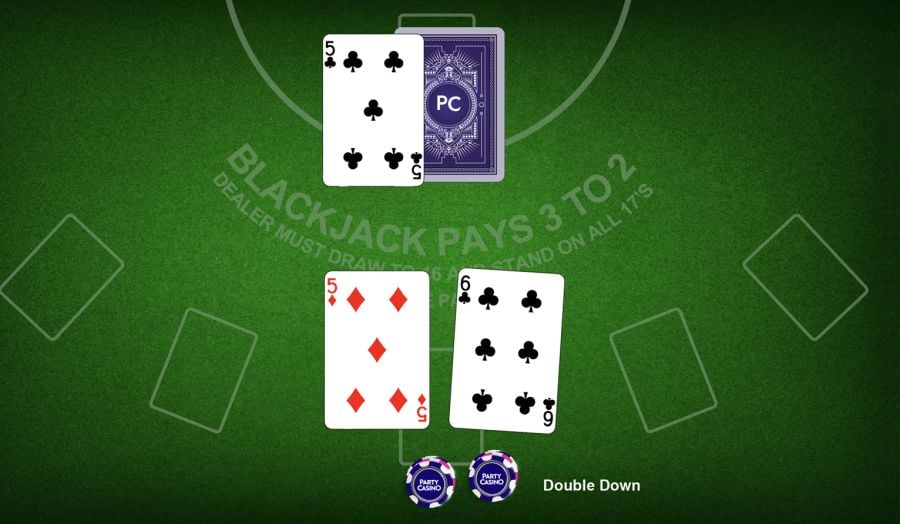
As many people may expect, hard hands are the opposite of their soft hands.
Hard blackjack hands are a combination of two cards without an ace, such as a seven and a ten. Out of the two types of hands, they are less desirable due to the associated risk of busting.
For example, if a player has a hard 13 and is dealt a ten, their hand will bust. On the other hand, a soft 13 that receives a ten will remain at 13. Of course, if the value of the hard hand is 11 or lower, there is no immediate risk of busting the hand.
How To Play Blackjack Hard Hands?
It goes without saying, but any blackjack hand that is 8 or lower should always be hit by the player. Regardless of the card, the hand will not bust, and the player's hand can only improve as a result.
Now, hands that have a value of 9, 10, or 11 can be doubled by the player, if they wish, depending on the card shown by the dealer. On all three of these hands, doubling is the optimal strategy against a dealer's 3, 4, 5, or 6.
Should the player have an 11, doubling down is almost always the recommended decision unless the dealer has an ace. Another general rule of thumb is always to stand on 17 or more, regardless of the dealer's face up card. Finally, if the dealer has an upturned 4, 5, or 6, players should stand on any combination of cards that equals 12 or greater.
Play Blackjack Online
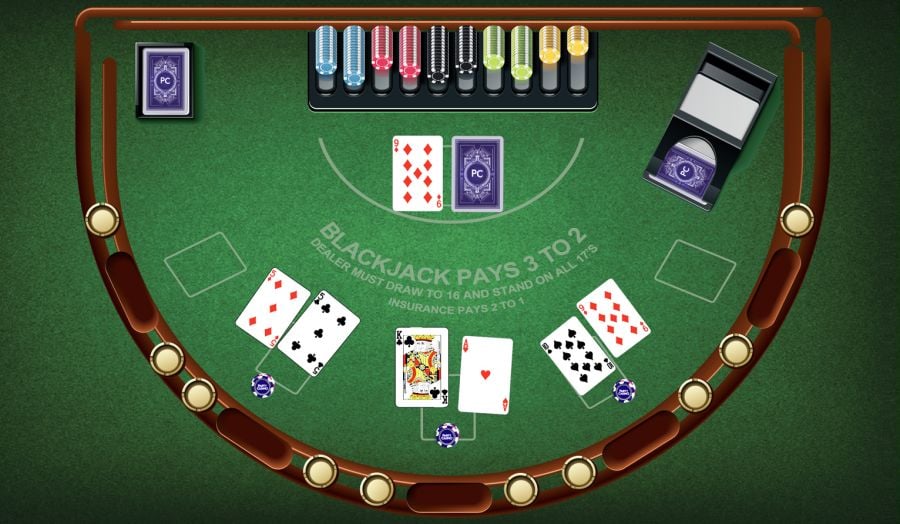
By using basic strategy and having a solid understanding of the rules, blackjack players can enjoy the game.
Here at PartyCasino, we also offer a variety of blackjack demos that can be enjoyed for free supporting your game play and offering a safe place to practice.
Create an account today and gain access to our vast library of table games, including many different types of blackjack and welcome bonuses.

